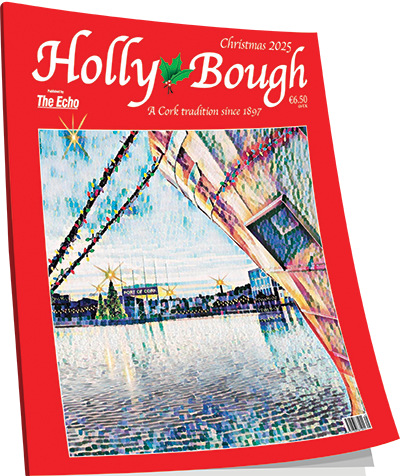History abounds in Cork city cemetery
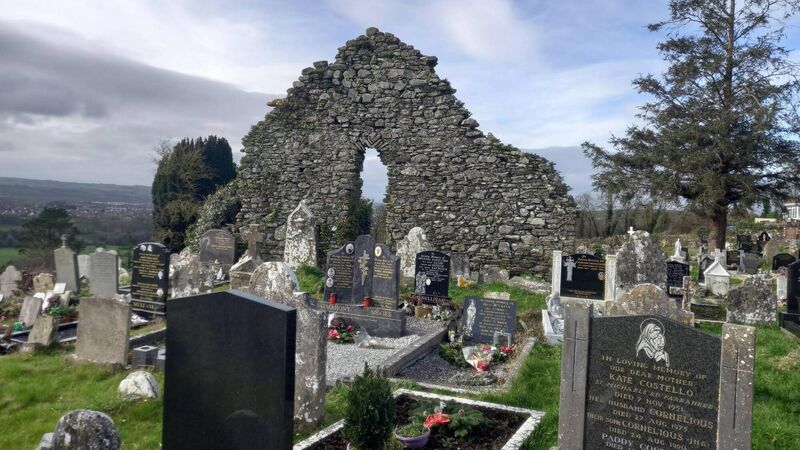
The remaining wall of the original church at Curraghkippane Cemetery. Services were performed here as late as 1686, but it is thought to have been a ruin by then.
Denis McSweeney and I wipe the top of the headstone and read aloud together the following inscription: ‘In memory of my dear husband and our father David Samuels, who was a victim of the Lusitania disaster, May 1915’.
Beside this gravestone sits anther marker, in memory of the three Jewish crewman also lost on that tragic night off the Old Head of Kinsale.
We stand in silence for a moment and think of the great loss to these men’s families.
Debis and I were at Curraghkippane Cemetery in Kerry Pike, and Denis had told me the story of his family’s remarkably enduring connection with this beautiful place of rest.
His great great grandmother, Mary Desmond, had been the first registrar for the Roman Catholic graveyard, and her daughter, also Mary Desmond, who married a McSweeney, took over the role from her mother until her death.
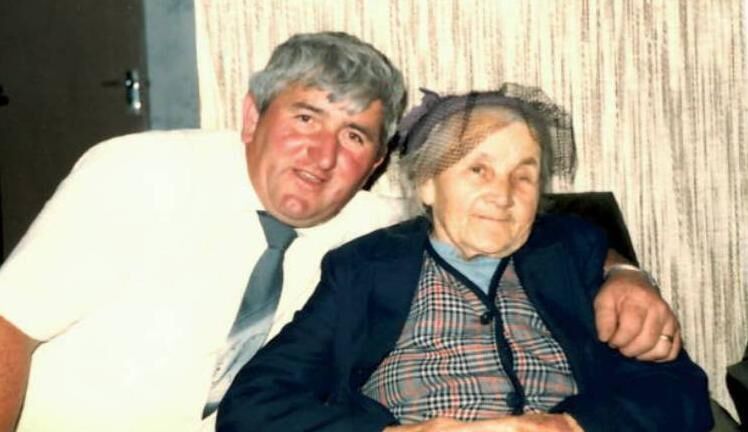
Then, Mary’s son, Denis McSweeney, picked up the mantle and became Registrar 50 years ago, in 1974, until his death in January, 2019.
Now, the original Mary Desmond’s great great grandson Denis is the proud registrar of this peaceful place.
The ruin of the original registrar’s office sits to the right of the cemetery gates.
Curraghkippane was originally known as Curra Chiopáin, derived from the Irish ‘Curragh’, meaning burying ground, and ‘Copáin’, meaning cup or bowl. Prior to the passing of the Irish Church Disestablishment, the parish formed part of the chancellorship of the Cathedral of St Finbarr.
It is believed that the original cemetery was circular in shape, which would indicate it originally belonged to a chieftain of a tuath, or a tribal district.
It was customary for a suitable piece of ground to be offered as a burial ground during the early days of Christianity in Ireland.
All that is there to see of the original church today is the eastern gable and fragments of the other walls.
The church appears in records in the years 1199, 1302 and in 1306. Services were performed here as late as 1686, but it is believed that it was but a ruin even by then.
Some reports indicate that the earliest burial at Curraghkipane is that of Ellen Callaghan in 1753, but I came across the records of John Spread, buried here in 1695. As with many such cemeteries, there are unmarked graves, and the earliest burial here may never be known.
The names ‘Callaghan’ and ‘O’Callaghan’ feature a lot on headstones at the cemetery, and it is thought this was the name of the clan who chose it as their place of burial.
One of the O’Callaghans buried here is Edward, a lieutenant of the Royal Navy. He spent two years in the West Indies, travelling on foreign service along with Admiral Horatio Nelson. Edward came home to Cork in 1807 and died one year later. His hat, sword, and medal were emblazoned on his coffin as he was laid to rest at Curraghkippane.
A heart-breaking famine ground lies on the eastern side of the cemetery, marked by iron slabs.
In the centre of the cemetery are what are known as the HSE burials. These are the graves of the mentally ill from Our Lady’s Hospital. I found many of the deaths occurred in the early 1950s. The plot is surrounded by a metal railing and in the centre sits an altar.
Three rows of UCC burials are at the south side of the cemetery, the remains of those that donated their mortal remains to the college for study. The college in turn covers the cost of the burial. There are over 300 burials here.
As with most cemeteries, bodies lie east to west, so that when they rise on the day of judgment, they may face the rising sun. It is also said that the priests’ plots face west to east as though they are facing their congregation. So, it is rather strange to find a tombstone facing north…. This is the case with the remains of Jerome Collins, a fascinating man.
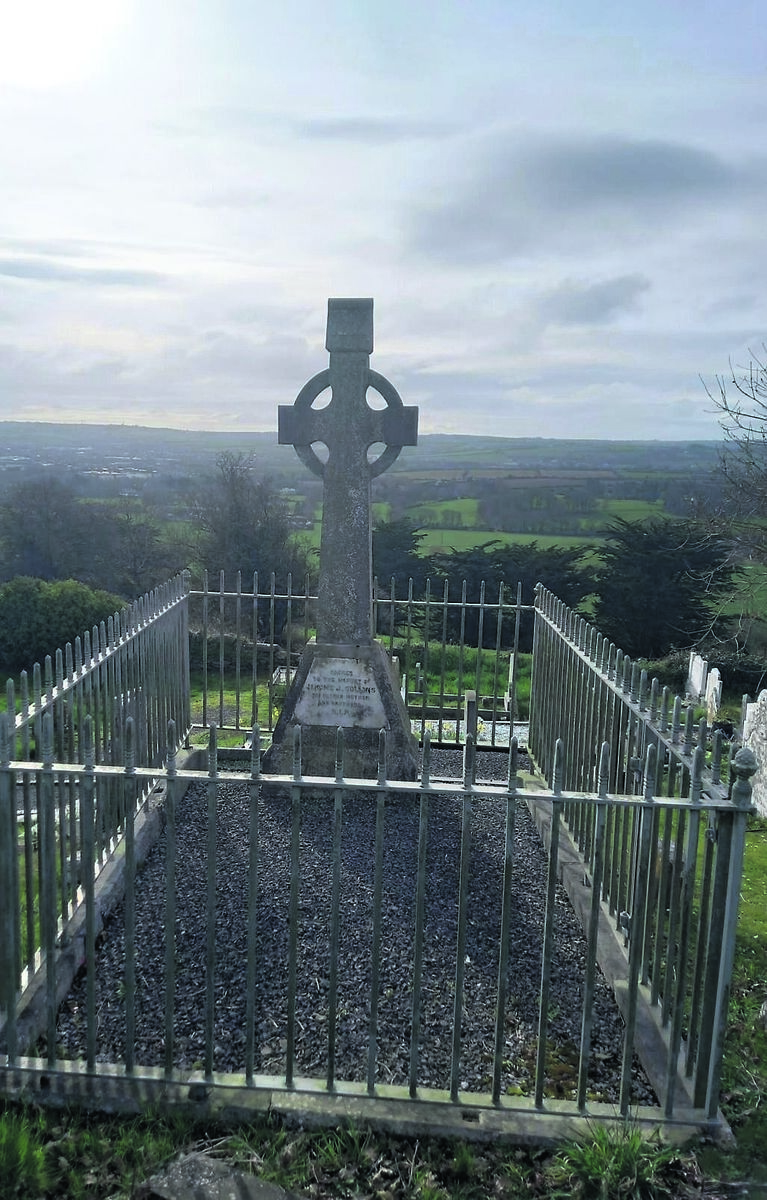
Born to Mark and Ellen Collins, of North Main Street, Cork city, in 1841, Jerome studied engineering and was clerk of works for the North Gate Bridge. He joined the Fenians and emigrated to the U.S to avoid arrest. There, he worked as a journalist in the meteorological department of the New York Herald.
In 1867, Jerome founded Clan Na Gael with others, and they formulated a plot to kidnap Queen Victoria’s son Prince Arthur of Connacht. This never went ahead, however.
In 1878, the New York Herald secured the finance and patronage to send a steam ship, the Jeanette, on an expedition to locate the North Pole. Jerome Collins was in charge of the scientific department.
After two years at sea, the Jeanette sank in an icefield. She was abandoned, with some survivors managing to reach the River Lena in Siberia. Word was sent to the U.S and an expedition was sent out, arriving at the Lena on March 23, 1882. The body of Jerome Collins was recovered. He had died of starvation along with his comrades.
A public funeral was held in New York before Collins’ body was transported to Cobh (Queenstown as it was known) a 14,700-mile journey that earned the title “the longest funeral in the world”.
The Mass was held in the cathedral in Cobh. Thousands turned out and boats of all shapes and sizes accompanied this explorer and Fenian to his final resting place at Curragh-kippane. Rev Dr Hutch said at his graveside that Collins was mourned by two worlds.
He lies now, under a Celtic cross, facing North, towards the North Pole.
Dotted around Curraghkippane are war memorials, some from the Great War, others from World War II, encompassing Privates, drivers, gunners, sappers, aircraftmen, and corporals.
The ages I saw ranged from Patrick Joseph Hurton, Army No.261156, who was with the Royal Field Artillery and died aged 19, to Daniel McCarthy of the Munster Fusiliers, who was 45 when he died in February, 1918. Private Maura O’Callaghan, who served with the Auxiliary Territorial Service, was only 21 when she died.
One headstone drew a tear as I read of the great loss one family endured. ‘The dead man’s penny’ or ‘widow’s’ penny’ was given to the next of kin after a military death. To have three in one plot speaks of huge sacrifice.
Edward Burke was a veteran of service in India and Crimea, his son Stephen was killed in Belgium in July, 1915, his other son Cornelius was killed in France in 1914. Also, Cornelius’s son, from the Irish Guards, was killed in Italy in 1944, aged 29.
Most who were killed during wartime were buried near to where they fell. Headstones are often a way to commemorate and remember those that were lost.
The Jewish Graveyard at Curraghkippane was formed when the Cork Investment Land and Building Society sold the land to the Hebrew burial ground trustees in 1887 for the princely sum of £190, for a term of 1,000 years. Many Jewish people that died around the country were buried here, including those victims of the Lusitania disaster. There is an old and a new part to the Jewish cemetery and I was struck by the graceful simplicity and uniformity of their headstones.
It was the eve of the sabbath as the Jews of Cork were preparing their tables when the torpedo hit the liner on May 7, 1915. David Samuels, a popular Yiddish performer and married father of four, Robert Crooks, and three crew were among the 1,198 souls lost.
A congregation of 24, led by Rabbi Rev Meyer Elyan, left for Queenstown on the Sunday morning to care for the injured in hospital, to identify their dead and see to the needs of the survivors.
Of the 30 recovered Jewish bodies, David Samuels and Robert Crook were removed for burial in Curraghkippane.
They were prepared for burial in the traditional manner at the Tahara house on the grounds.
Even with no family or friends in Cork, they were buried before a large attendance who formed two long lines along the route to their final resting place.
The same congregation of 24 returned to Cobh on the Wednesday and retrieved three more bodies, only identified as crewmen, and they were buried in the same manner beside the two other graves.
Mr Crooks was later disinterred and removed to the U.S for burial.
Photographs of all the unidentified victims were taken in the hope they would some day be recognised.
Care of the Jewish cemetery was handed over to Cork City Council in recent years as Jewish numbers in Cork dwindled. Their prayer and washroom building is now beside the Old Cemetery.
Curraghkippane is a precious snapshot into the diverse history of our city. May the souls of all those interred, buried or memorialised here rest in eternal peace.
My sincere thanks to Denis McSweeney for his time and wonderful insights for this article, and to Gerry White for the war graves information.



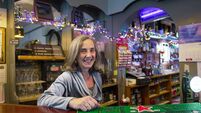

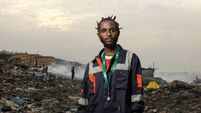
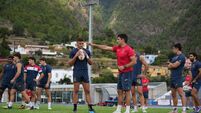
 App?
App?



